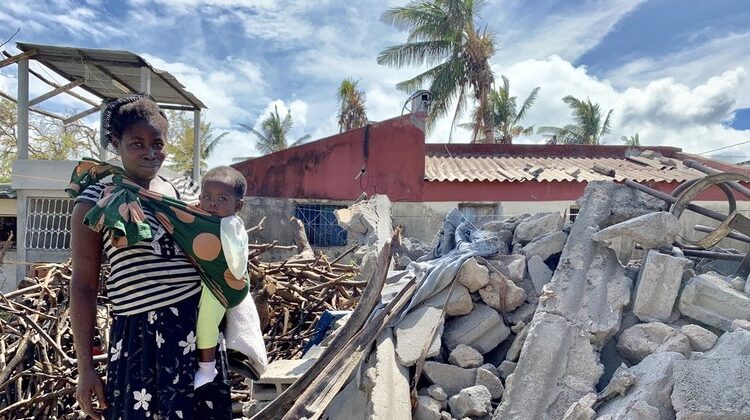
Climate-driven weather disasters increased 5-fold over past 50 years: UN agency
By Jenna McGuire / Common Dreams
The number of extreme weather disasters driven by the climate crisis has increased fivefold over the past 50 years, killing more than two million people and costing $3.64 trillion in total losses, a United Nations agency said on Wednesday.
The World Meteorological Organization (WMO) says its “Atlas” report is the most comprehensive review of mortality and economic losses from extreme climate and weather incidents ever produced. It surveyed some 11,000 events between 1970 and 2019.
The report highlights major catastrophes such as Ethiopia’s 1983 drought—the single most fatal event with 300,000 deaths—and Hurricane Katrina in 2005, which was the most economically costly, with losses of $163.6 billion.
The report finds that from 1970 to 2019, weather, climate, and water hazards accounted for 50% of all disasters, 45% of all reported deaths, and 74% of all reported economic losses.
“The number of weather, climate, and water extremes are increasing and will become more frequent and severe in many parts of the world as a result of climate change,” said WMO Secretary-General Petteri Taalas.
“That means more heatwaves, drought, and forest fires such as those we have observed recently in Europe and North America. We have more water vapor in the atmosphere, which is exacerbating extreme rainfall and deadly flooding. The warming of the oceans has affected the frequency and area of existence of the most intense tropical storms,” Taalas continued.
The report finds that more than 91% of the two million deaths occured in developing countries, where there is weaker infrastructure and warning systems. The leading cause of death was drought, followed by storms, floods, and extreme temperatures.
While deaths from extreme weather events have decreased almost threefold from 1970 to 2019 due to improved disaster reporting, economic losses are rapidly skyrocketing.
According to the report, economic losses have increased sevenfold, surging from $175.4 billion in the 1970s to $1.38 trillion in the 2010s.
An average of $202 million in damage occurred every day from 1970 to 2019, storms being the most prevalent cause of damage, resulting in the largest economic losses around the globe.
Three of the costliest 10 disasters occurred in 2017: Hurricanes Harvey ($96.9 billion), Maria ($69.4 billion), and Irma ($58.2 billion).
The report reveals crucial lessons from the past 50 years and makes a number of recommendations to governments, including:
- Review hazard exposure and vulnerability considering a changing climate to reflect that tropical cyclones may have different tracks, intensity, and speed than in the past;
- Strengthen disaster risk financing mechanisms at national to international levels, especially for least developed countries and small island developing states and territories;
- Develop integrated and proactive policies on slow-onset disasters such as drought.
“More lives are being saved thanks to early warning systems but it is also true that the number of people exposed to disaster risk is increasing due to population growth in hazard-exposed areas and the growing intensity and frequency of weather events,” said Mami Mizutori, special representative of the secretary-general for disaster risk reduction and head of U.N. Office for Disaster Risk Reduction.
“More international cooperation is needed to tackle the chronic problem of huge numbers of people being displaced each year by floods, storms, and drought,” Mizutori added. “We need greater investment in comprehensive disaster risk management ensuring that climate change adaptation is integrated in national and local disaster risk reduction strategies.”

